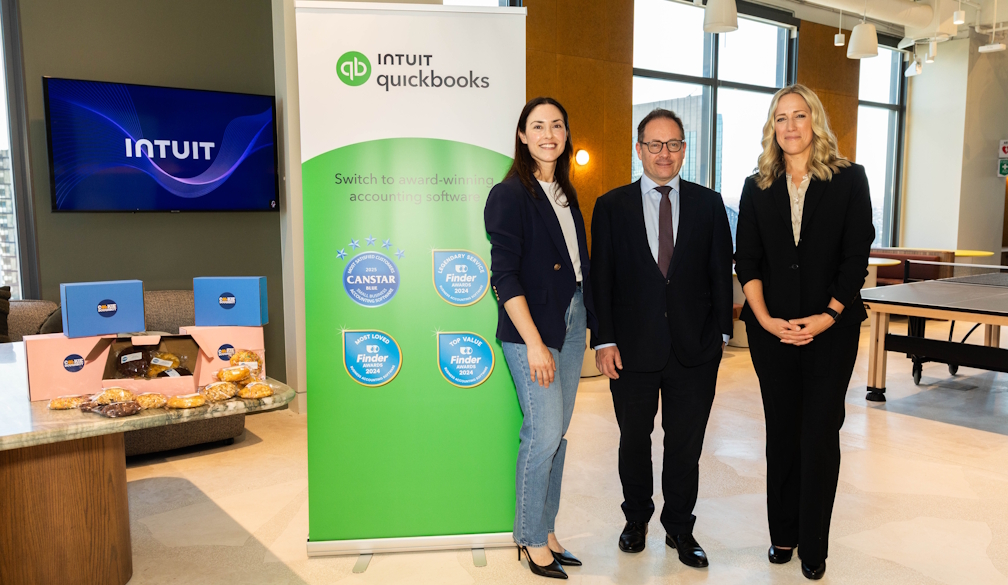Hw NZ charities find banks constantly get in the way of them helping people
- Written by Jane Horan, Economic Anthropologist, and contract lecturer, University of Auckland

Aotearoa New Zealand is home to 28,560 registered charities and some 90,000 not-for-profits without charitable registration. From disability advocacy groups and local theatres to sporting clubs, all do vital work in our communities.
Around 89,000 of these are “small” not-for-profits, which means they have under NZ$2 million operating expenses.
My new research[1] found these smaller groups are finding it difficult to open bank accounts, change signatories, get onto online banking, access bank cards, or deposit and withdraw cash, among other issues.
As people from 130 small charities and not-for-profits made clear, accessing effective banking services is too often a matter of luck – but they occasionally stumble across a “golden unicorn” within a bank. Here’s what they said needs to change.
A lack of specialists
Not-for-profits are generally charitable trusts, incorporated societies, or other types of non-profit legal structures. Think your local sports club with a roster of volunteer leaders and support staff that can change each year.
My research included survey data from 120 of those organisations, in-depth interviews with people from 37 different not-for-profits, and 14 stakeholder interviews.
Almost all reported lengthy, unpredictable “runarounds” to get any type of necessary banking process done.
With fewer branches and more basic tasks pushed online, many New Zealanders are finding it harder to do their banking[2].
But the very nature of small not-for-profits runs counter to normal commercial banking practice. This, combined with a lack of specialised staff at bank branches who understand not-for-profits, means banking is too often really difficult for these organisations.
Read more: What if we expected financial services to be more like health services?[3]
Research participants reported the majority of front line banking staff weren’t familiar with the banking processes required by small organisations. At the same time, many of the volunteers weren’t familiar with what they needed to do themselves. But they found the rules keep changing and information from banks to guide the process was incredibly difficult to find.
Those interviewed also said banks made it difficult for not-for-profits to comply with anti-money laundering and countering of financing of terrorism legislation[4]. The identification process required by these laws, which should be straightforward, is too often a nightmare.
Interviewees also found bank staff misinterpreted the rules. Bank errors, like missing or misplaced paperwork, were repeated over and over again. This created a number of issues which required repeated visits to the bank branches to sort out.
Banking ‘shouldn’t be the hardest part of saving the world’
One organisation, a small sports club, needed to add a signatory to its accounts. Achieving this required multiple visits to three different branches of the bank, multiple emails, and long wait-times on calls to the bank’s helpline.
Each interaction was with a different bank representative and resulted in inconsistent information about how to change or add signatories.
Around 60% of survey respondents and organisations we interviewed reported similar frustrations when they wanted to change the signatories on their account.
Another arts and performance organisation lost access to its bank accounts after issues around updating the trustee list were not resolved in the time frames imposed by the bank.
Read more: Say goodbye to the branch — the future for banking is upwardly mobile[5]
While the not-for-profit was trying to sort out the issue, there appeared to be a lack of communication between the different divisions within the bank. Those who had authority to close the accounts at the bank were not aware of the frantic efforts by the organisation to find a bank person who knew what to do. The arts group was forced to stop operating for a time.
In another case, a new advocacy organisation set up by people with disabilities took months to get its new bank account working.
This group had a basic account after five months. But trouble finding someone to oversee the account setup, along with unclear communications from the bank, meant it took much longer to organise online banking and to have credit and debit cards issued.
This organisation said doing banking “shouldn’t be the hardest part of saving the world”.
But this is how it can feel for smaller not-for-profits.
Relying on a ‘golden unicorn’
My research found most organisations got their banking issues sorted – eventually. This was achieved through sheer determination and perseverance by not-for-profit personnel - and the emergence of a “golden unicorn”.
Golden unicorns are bank staff who understand the inner workings of not-for-profits and their banking needs. They know how to move through the bank’s different silos and are a point of contact for organisations – and other bank staff – who need help solving issues.
Golden unicorns are rare, but all the banks have them. The problem is, banks may not know which of their staff have this capability. As more bank branches close, it is critical banks identify the “unicorns” in their midst and create digital pathways linking them with not-for-profits and other staff.
Once the not-for-profits found their golden unicorn, issues which had already consumed hundreds of hours were quickly resolved. Harnessing these specialists’ capacity gives hours and hours back to the not-for-profit sector. This is also more efficient for banks – freeing up resources to serve other customers.
One research participant said he would love his bank to have this attitude to his and other organisations. “You didn’t create a not-for-profit to spend all this time in the bank; let’s work together to get this done.”
References
- ^ new research (www.communitynetworksaotearoa.org.nz)
- ^ harder to do their banking (www.consumer.org.nz)
- ^ What if we expected financial services to be more like health services? (theconversation.com)
- ^ anti-money laundering and countering of financing of terrorism legislation (www.dia.govt.nz)
- ^ Say goodbye to the branch — the future for banking is upwardly mobile (theconversation.com)
Authors: Jane Horan, Economic Anthropologist, and contract lecturer, University of Auckland













